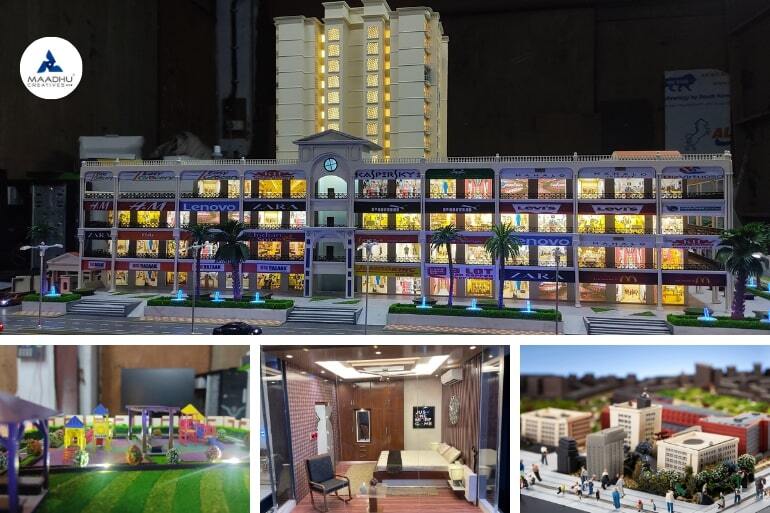Creating a city model is an exciting and rewarding endeavor, whether you’re a hobbyist or a professional. These intricate models not only showcase artistic skills but also provide insights into urban design and planning. This guide will take you through essential steps to create an attracting city model, from conceptualization to display.
Understanding City Scale Models
A city-scale model is a three-dimensional representation of a city, designed to reflect its layout on a smaller scale. These models serve various purposes, including urban planning and education, as they help visualize complex urban systems, making it easier to understand how a city functions. You can choose to replicate an existing city or invent a completely fictional one, allowing for creative freedom.
Planning Your Model City
The first step is to select a theme. Decide if you want to model a real city or create an entirely new one. If you opt for a real city, gather resources like maps and photographs. For fictional cities, let your imagination guide you as you consider futuristic designs or historical landscapes.
Once you have your theme, plot the layout. Determine where buildings, roads, and parks will be situated. Choosing a scale that fits your space is crucial, as it will dictate the level of detail you can include. This planning phase lays the foundation for your model.
Gathering Materials and Tools
Choosing the right materials is crucial. Here are some basics:
-
Base: cardboard or foam board for the foundation.
-
Modeling: plastic sheets, clay, and paint for buildings and landscapes.
-
Tools: cutting tools, strong glue, and paintbrushes.
You can purchase these materials at local craft shops or through online retailers.
Building the Base and Terrain
Start with a solid base using cardboard or foam board. Then, add terrain features like hills and water. Sculpt these with foam or clay and paint them for realism.
Constructing Buildings and Infrastructure
Use cardboard for simple structures and plastic for detailed ones. For intricate parts, consider 3D printing. Ensure each building is scaled for a realistic look, and include roads and bridges to complete the scene.
Painting and Detailing
Painting brings your model to life. Start with base colors that match the environment, then add details like windows and doors. Small figures and street furniture can make your city feel more vibrant.
Displaying and Maintaining Your Model
Choose a display area that allows visibility while protecting your work. A display case is ideal, but a well-lit shelf works too. Regular maintenance, like dusting and making repairs, will keep your model looking great.
Creating a city model is an exciting mix of creativity and planning. If you’re ready to start your project, these steps can guide you along the way.
To read the complete blog, please click here.




